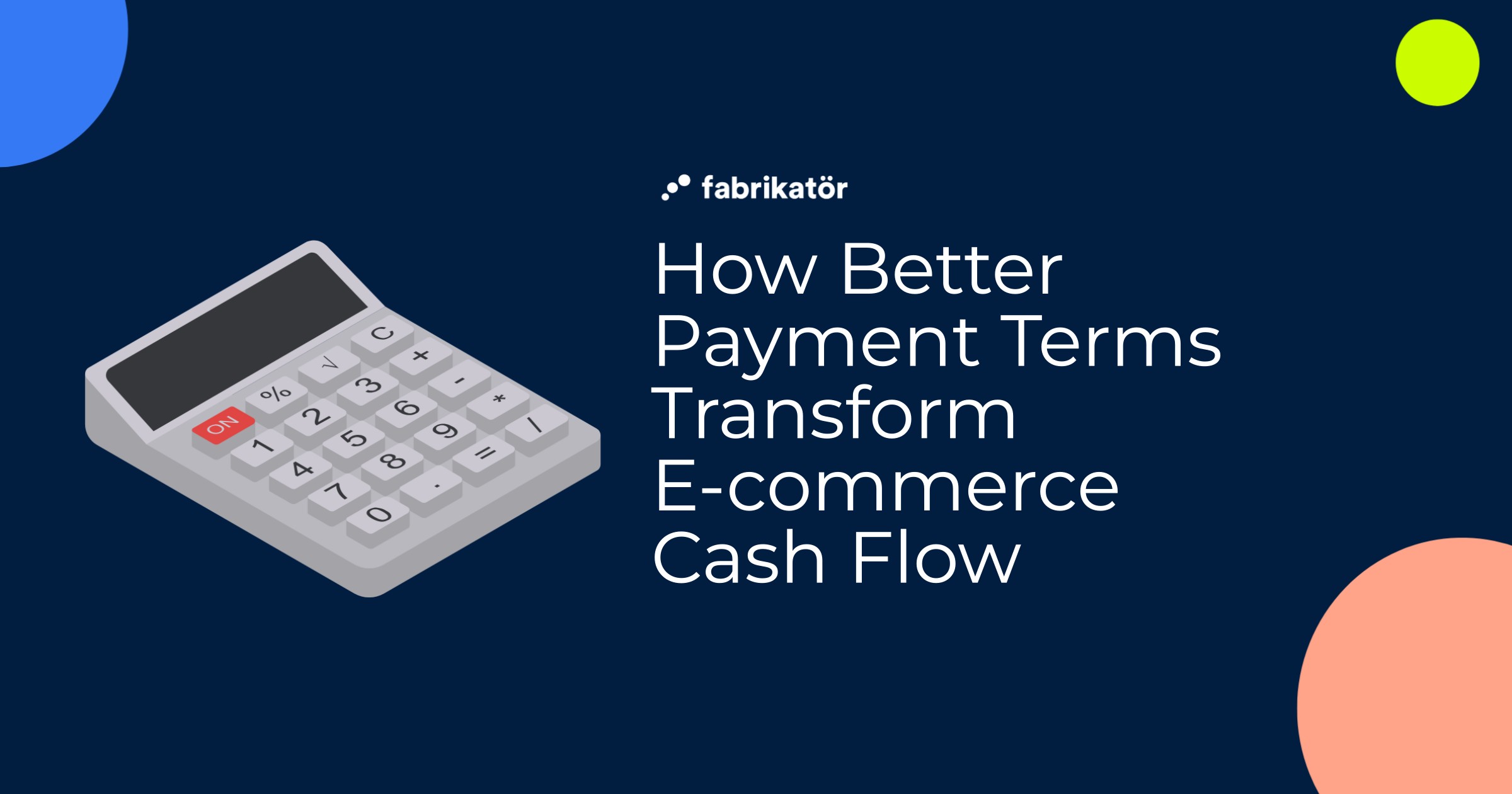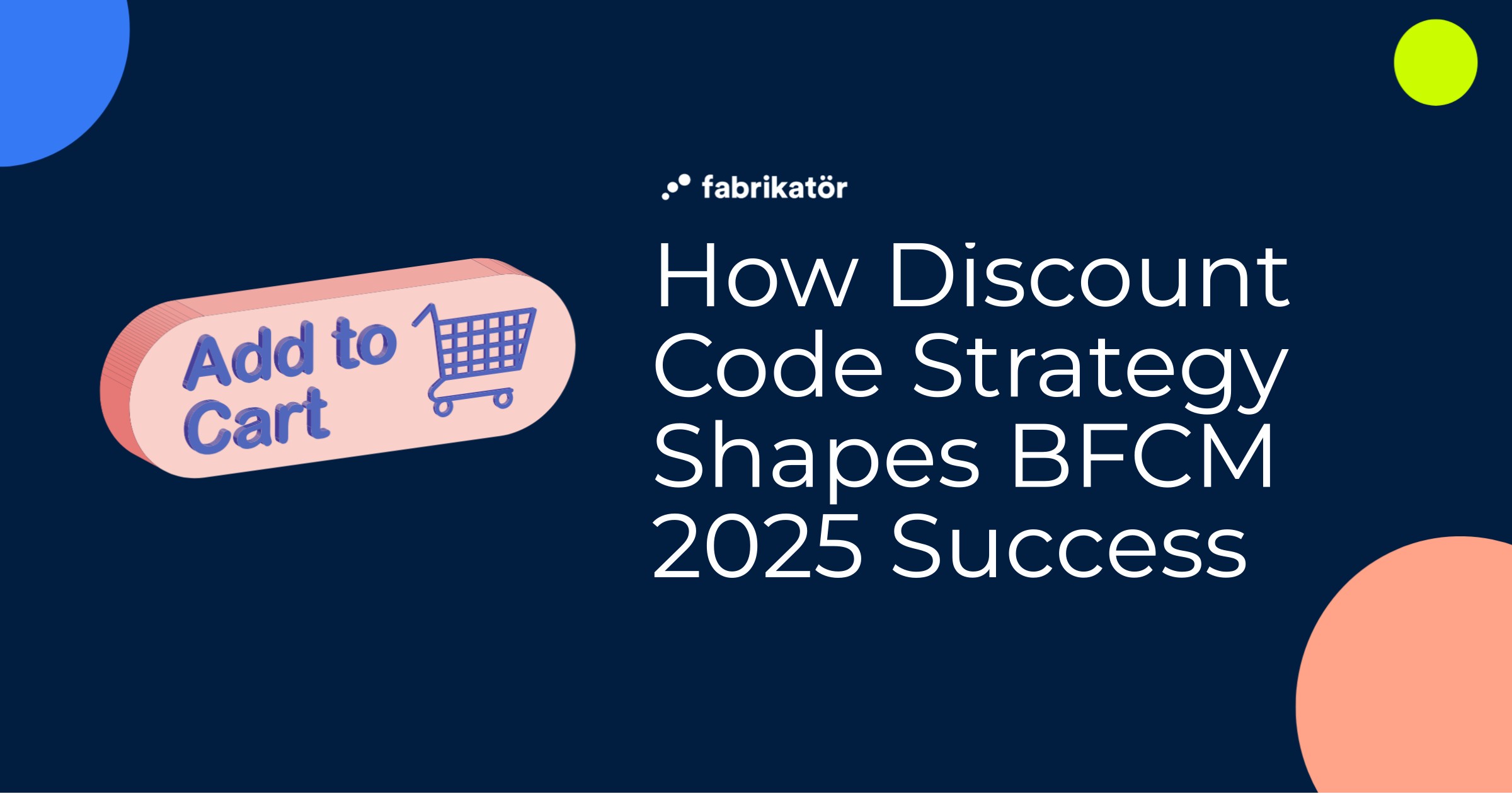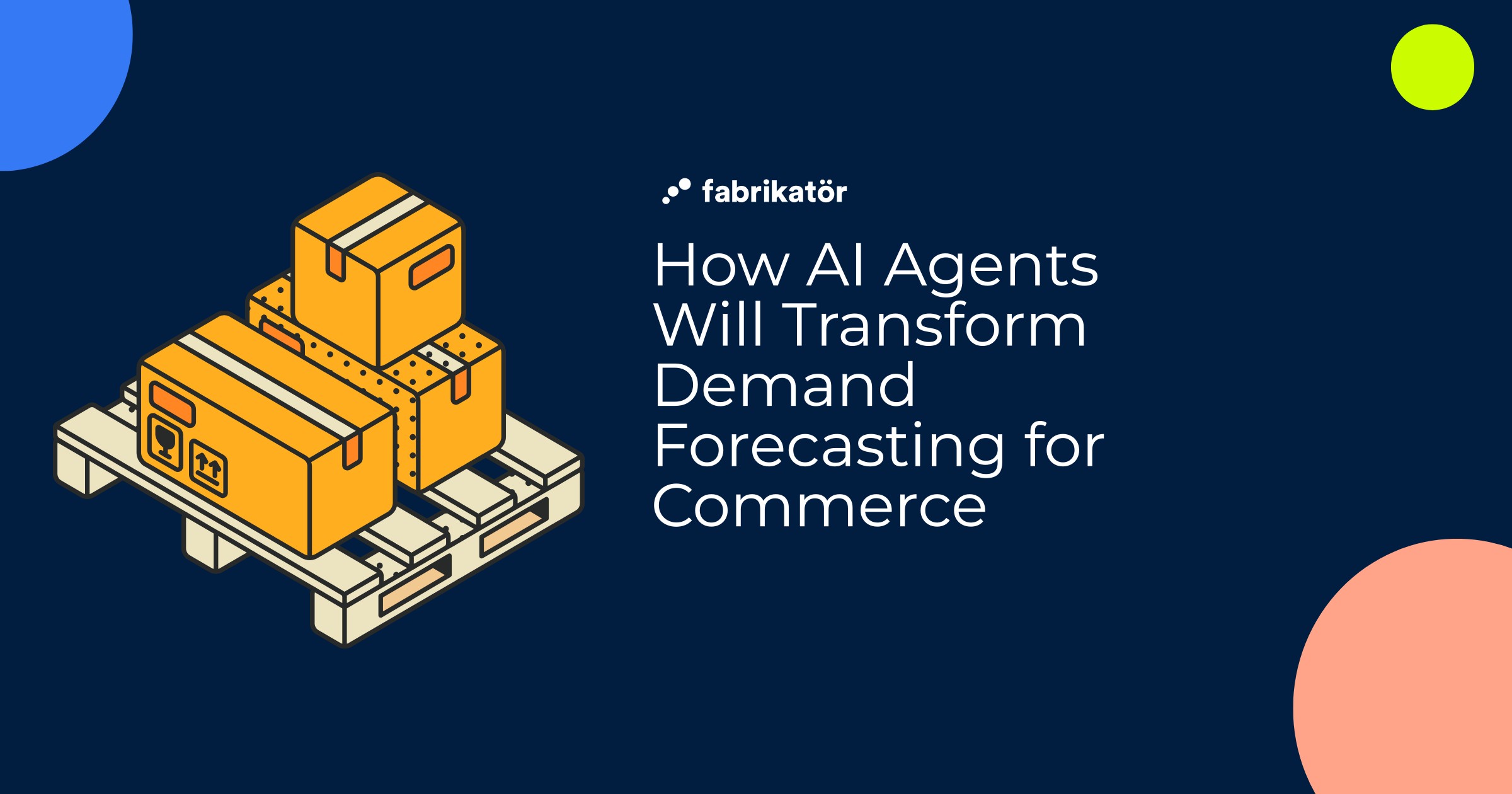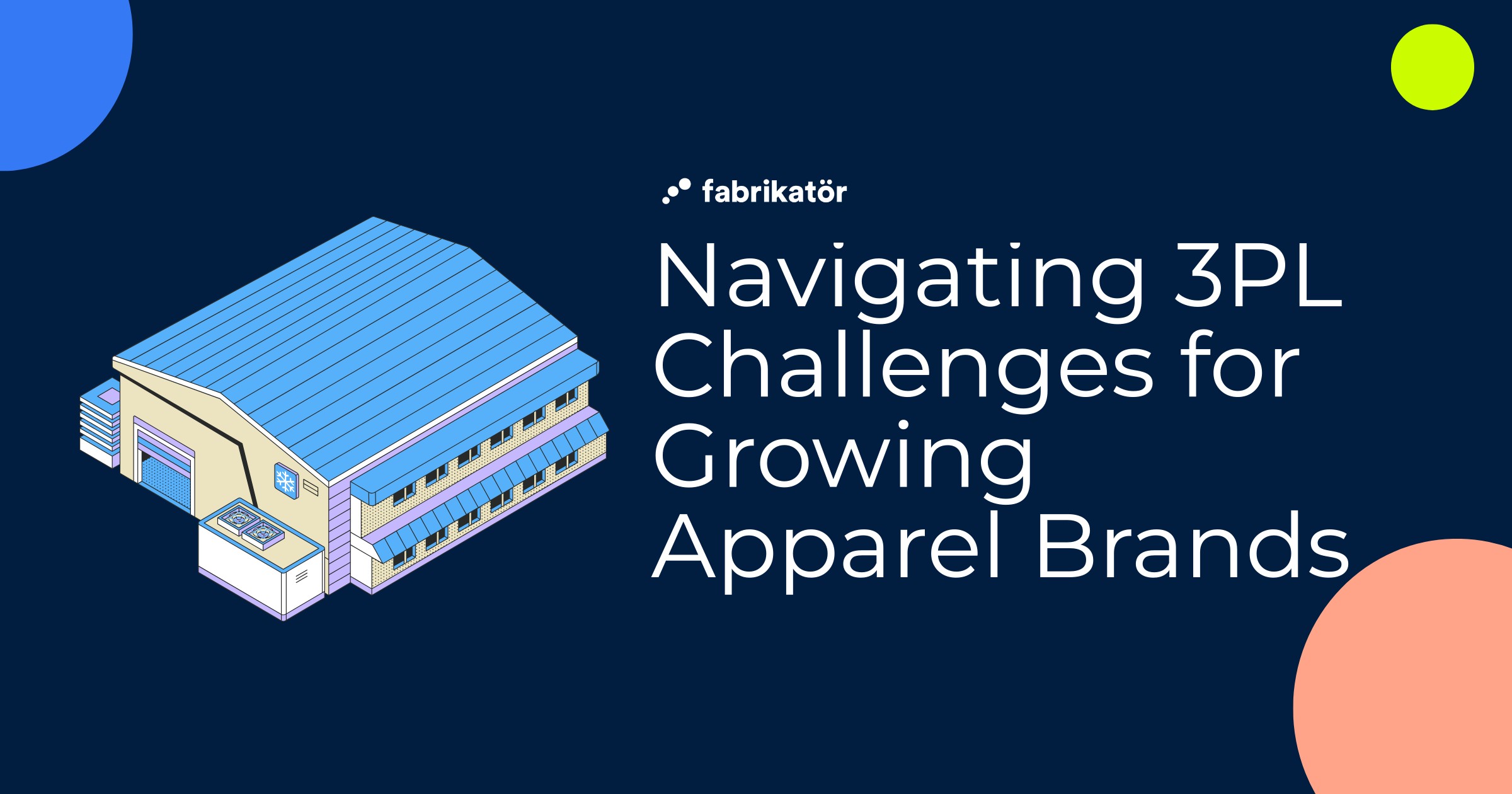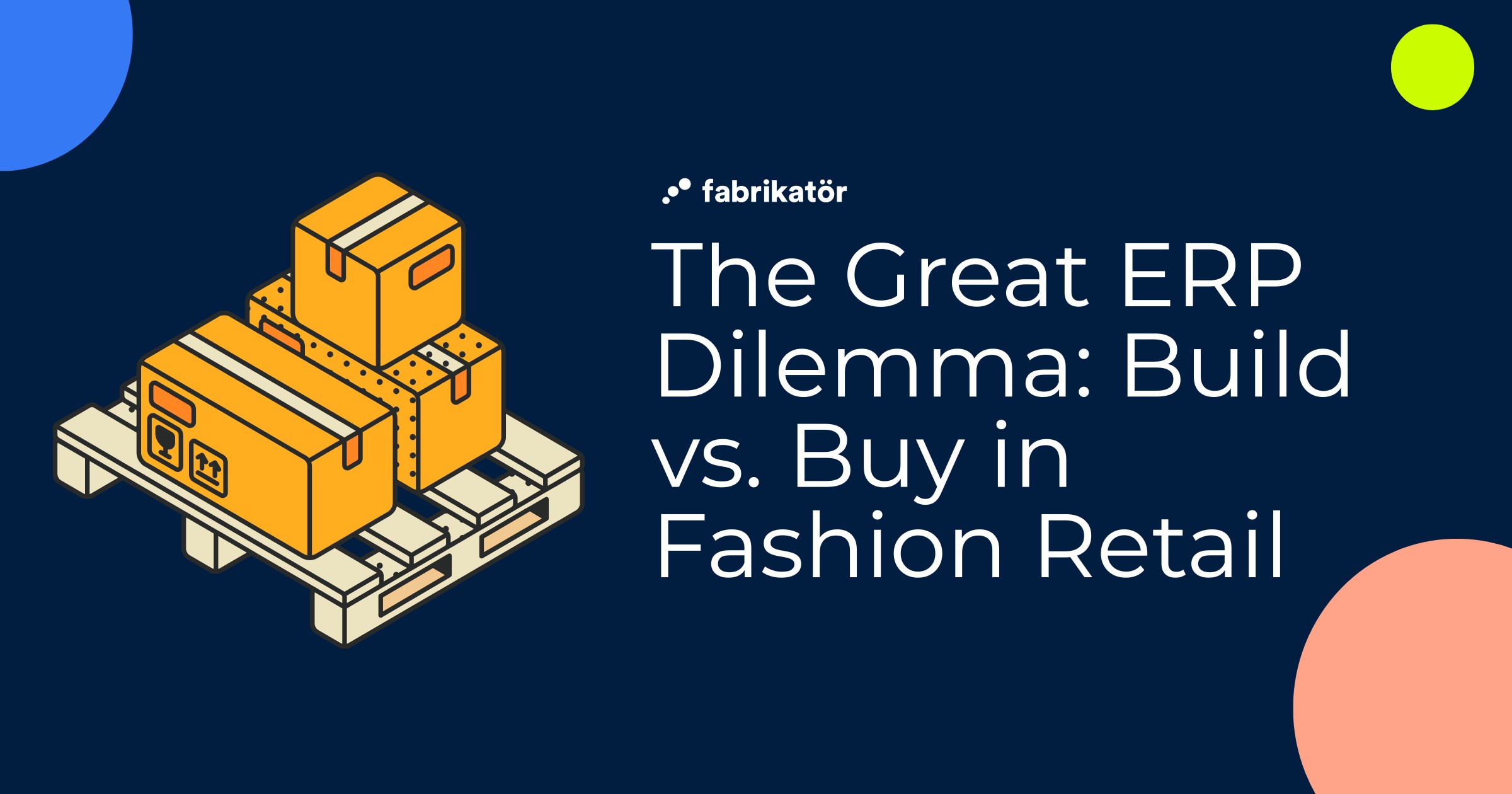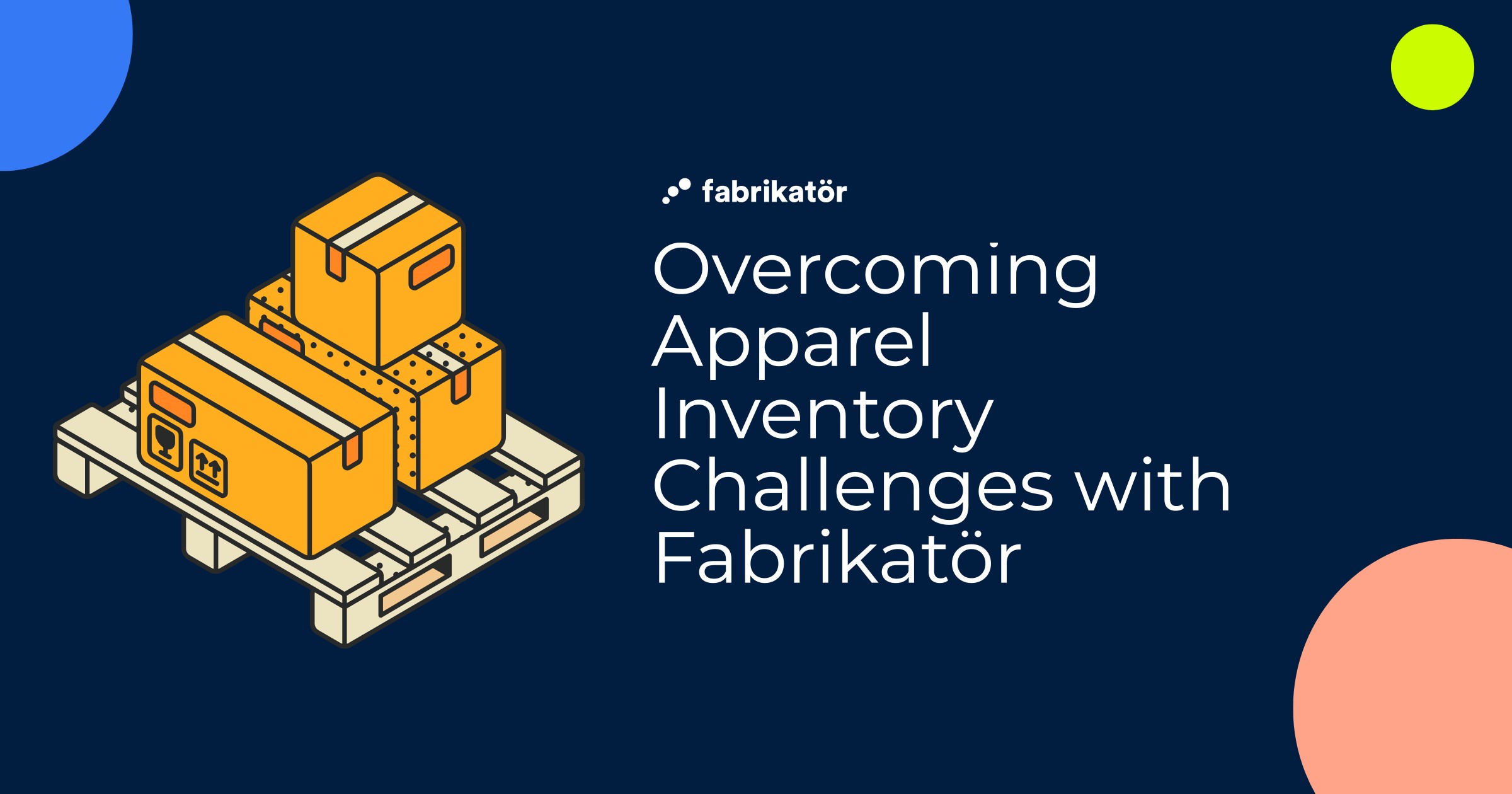The Great ERP Dilemma: Build vs. Buy in Fashion Retail
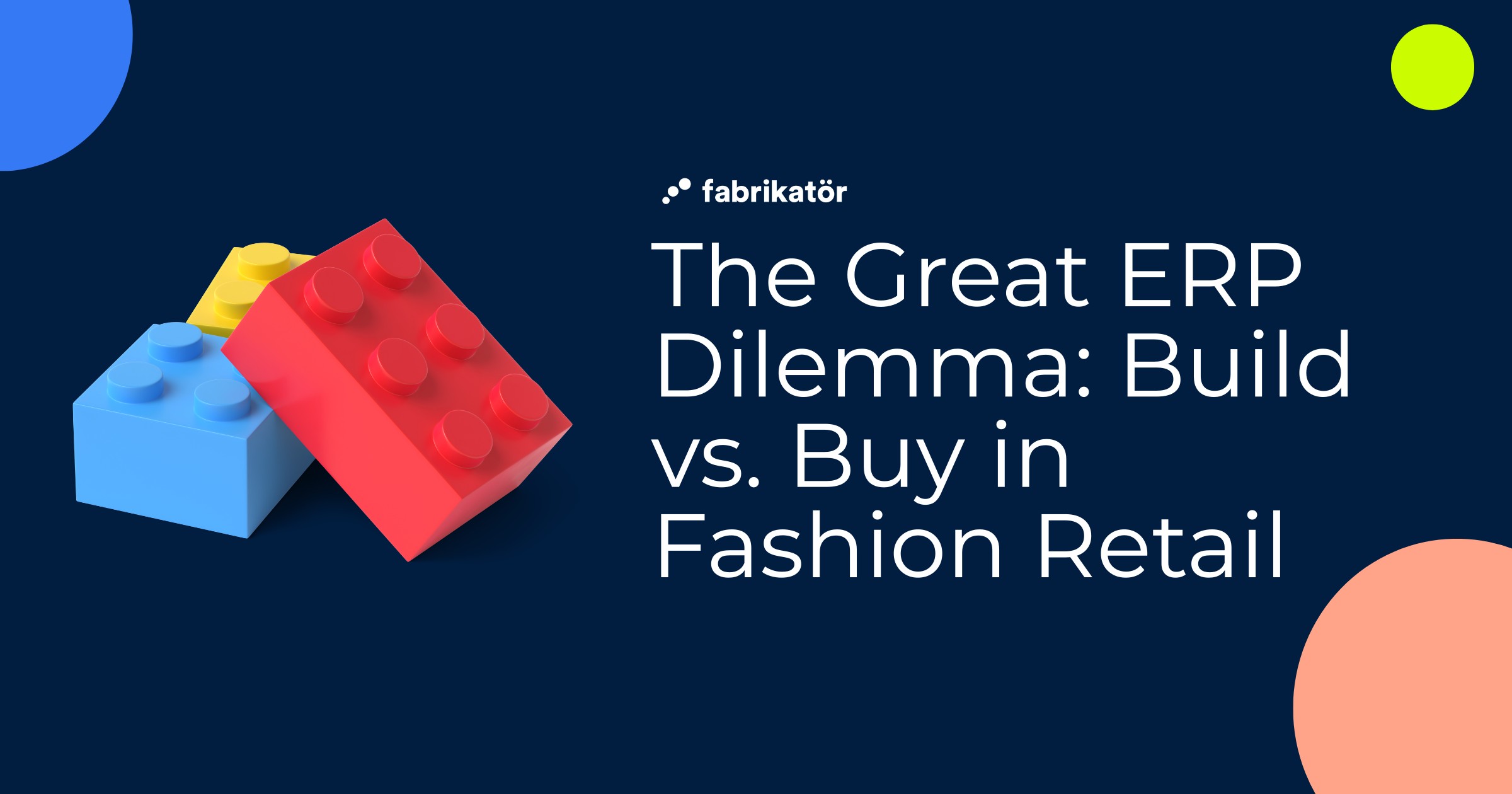
In the world of fashion retail, deciding whether to build or buy an ERP system is a decision fraught with complexity. As brands grow, they naturally start to scrutinize their back-office operations. The urge to streamline processes and enhance performance is a sign of maturity, but the path to achieving it isn't always clear-cut.
The Quandary of ERP Systems
Enterprise Resource Planning (ERP) systems seem like the logical step for burgeoning brands ready to invest heavily in integrated backend solutions. Yet, the commitment involved is considerable. With systems like Netsuite, companies might be looking at an annual price tag near $100k, plus hefty implementation costs. These figures can be off-putting, especially when you consider that these systems often aren't built with the unique necessities of modern online brands in mind.
The Limits of Conventional ERP
Traditional ERP systems aim to be all-encompassing, often struggling to keep pace with the rapid evolution of the online retail space. Fashion brands, in particular, need agile systems that can accommodate fast-changing trends and consumer demands. However, generic ERP solutions often lack the flexibility and nuance these brands require.
As a result, many retailers resort to a patchwork of apps to address specific needs like returns or financial reporting. But this approach comes with its own set of challenges—primarily, the difficulty of making disparate systems communicate effectively. The operational burden can be substantial, leading some brands to question whether the hassle is worth it.
A Real-life Dilemma
I recently spoke with a customer grappling with this exact problem. Like many others, they faced the unresolved puzzle of building an integrated system that truly served their needs. Initially, they considered a conventional ERP but found it lacking the adaptability crucial to their operations.
"We've been using Fabrikatör for over a year now, and it's deeply integrated into our planning and forecasting processes. No other ERP can match that," they confessed, highlighting their reliance on Fabrikatör as the current backbone of their operations.
Finding the Perfect Balance
The conversation reinforced a crucial insight: the need for an operational strategy that balances robust integration with specialized functionality. For many brands, it isn't an either-or situation but rather finding harmony between different systems to best support their needs.
The truth is, opting for a one-size-fits-all ERP may lead to expensive yet underwhelming results. Conversely, relying solely on single-purpose apps without seamless integration can create an operational burden in the long run.
Embracing Versatile Solutions
This is where platforms like Fabrikatör shine. Offering deep integration into planning and forecasting, Fabrikatör provides the nuanced flexibility that traditional ERP systems often overlook. With data from sales, marketing, and inventory coalescing seamlessly, it helps fashion brands make informed, strategic decisions without the spreadsheet chaos that plagues many operations.
At Fabrikatör, we help commerce brands bring structure and clarity to their inventory planning process. By connecting sales data, marketing insights, and purchasing workflows, our platform enables operators to forecast demand, plan purchases, and stay in control of their stock balance. Book a demo with Fabrikatör to see how your team can make smarter, calmer decisions.
Conclusion: Data-Driven Decision Making
In the end, the decision to build or buy an ERP is one that requires careful consideration of the brand's unique needs and future growth plans. While an integrated ERP system can be beneficial, it's imperative that the solution chosen is truly aligned with the operational realities of a dynamic online retail business.
For many fashion brands, a hybrid approach—merging dedicated platforms like Fabrikatör with other key systems—offers an optimal path forward. It allows for the scalability and precision needed to navigate the complexities of modern retail, driving both efficiency and growth.

